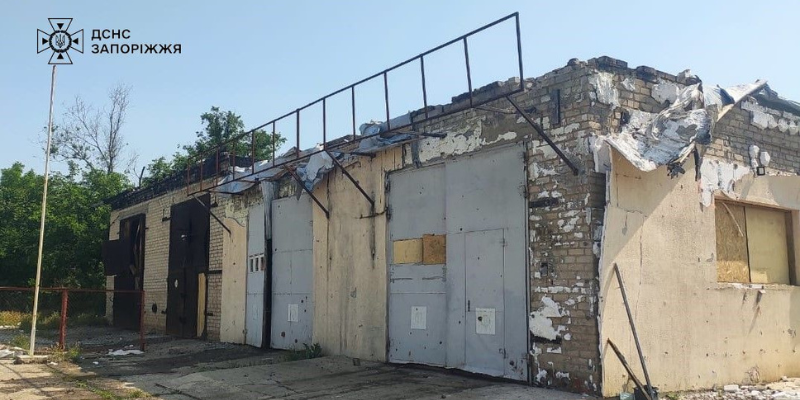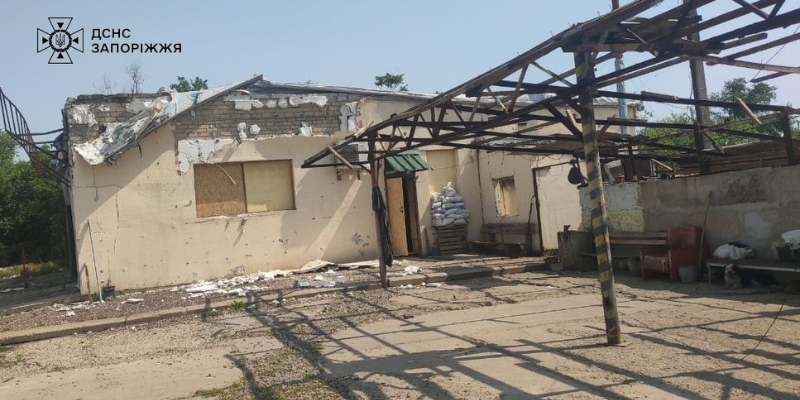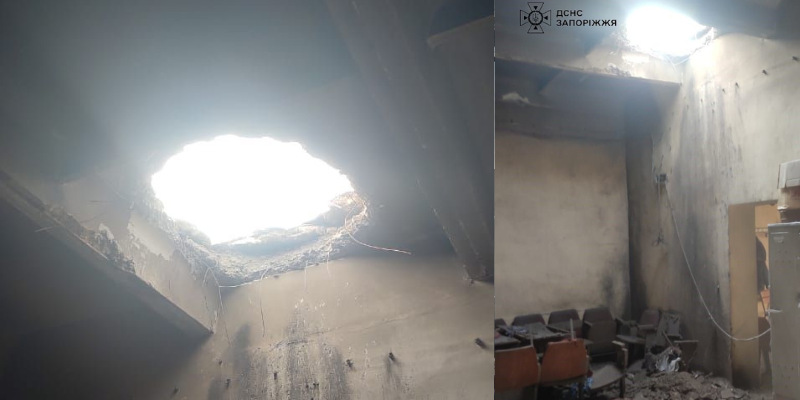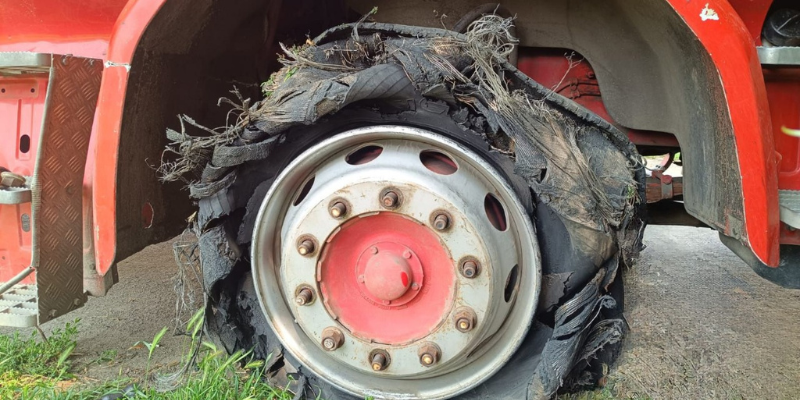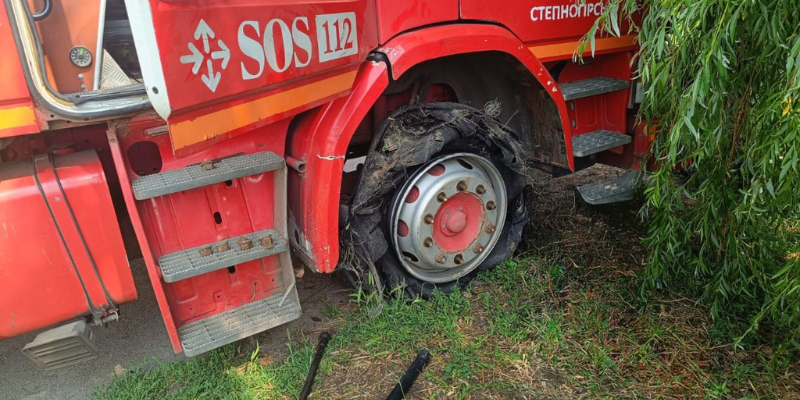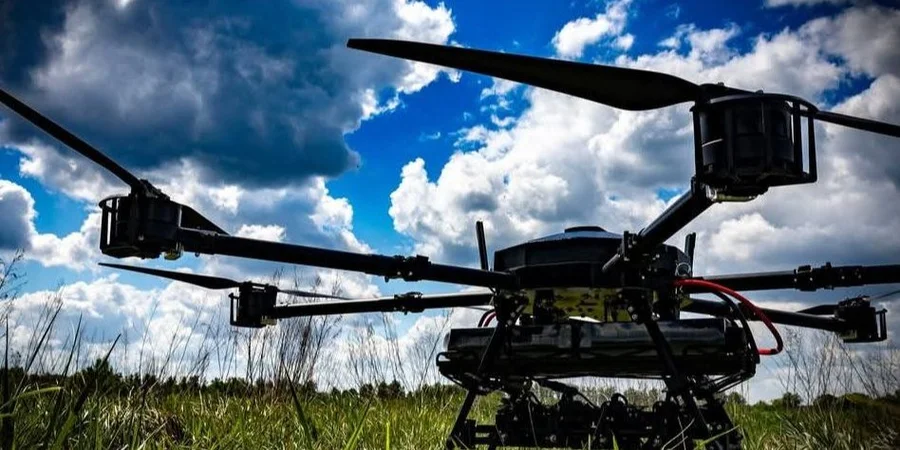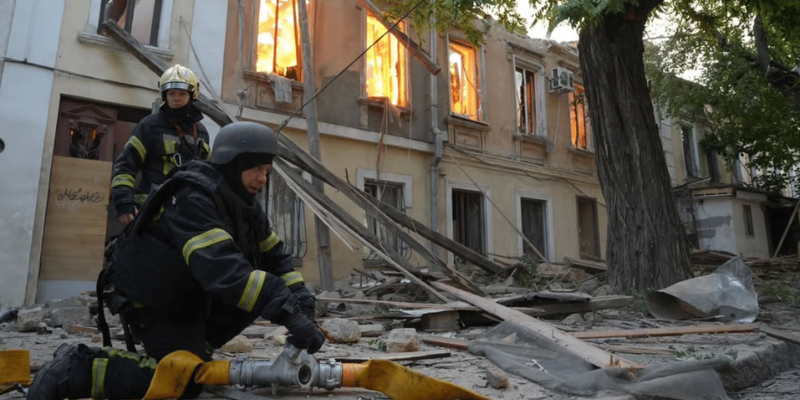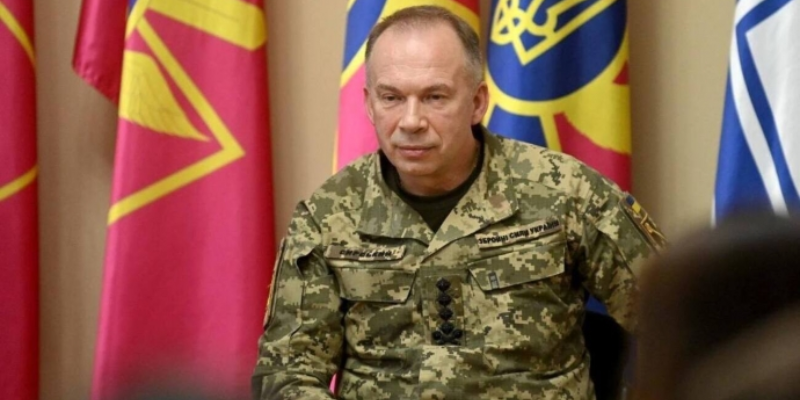Ukraine, Russia begin another round of ceasefire talks in Istanbul amid ongoing war
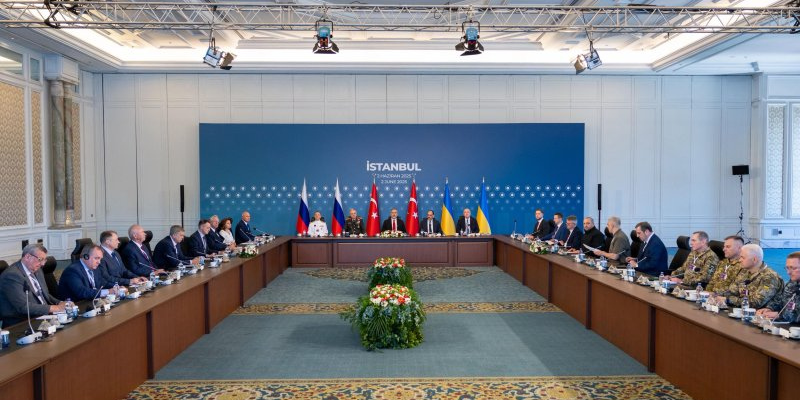
Delegations from Ukraine and Russia have convened a second round of bilateral peace talks in Turkey’s most populous city, Istanbul, signifying a diplomatic effort since U.S. President Donald Trump was re-elected and his renewed commitment to mediating the war that Russia instigated in February 2022.
The negotiations, facilitated by Turkish officials, including Foreign Affairs Minister Hakan Fidan and the head of Turkey’s National Intelligence Organization, İbrahim Kalın, underscore Ankara’s ongoing role as a mediator in the conflict, despite multiple failed rounds of diplomacy since the full-scale invasion began in 2022.
These talks follow a previous meeting on May 16 during which a 1,000 parity prisoner exchange ensued, but no substantial progress to bring a lasting peace to the conflict. The current discussions seek to explore potential pathways to a ceasefire, with Kyiv blaming Moscow for stalling and failing to even lay the groundwork for a broader discussion.
Although face-to-face bilateral discussions have resumed, momentous challenges remain. Russia thus far has rejected Ukraine’s proposal for an unconditional 30-day truce, instead offering a partial ceasefire of two-to-three days, a proposal at which Kyiv scoffed.
While past efforts at direct dialogue have yielded little, the restart of face-to-face talks—especially with Turkish backing—marks a rare diplomatic opening amid intensifying fighting across the front.
Analysts remain cautious about the prospects for a breakthrough, noting that trust between Kyiv and Moscow remains virtually nonexistent. But the location and timing signal that backchannel diplomacy continues behind the headlines—even as the war drags on into its fourth year.
SOURCESymbolic number of the Day
Data shows Russian ground assaults rose 19 percent in May. Russia significantly escalated its ground operations in May, launching 19 percent more offensive assaults compared to April, according to data from the independent military analysis platform DeepState.
The average number of Russian daily assaults rose from 155 in April to 184 in May, with particularly heavy fighting recorded at the beginning and end of the month. The most intense day came on May 4, when Russian forces conducted 269 assault actions across the front—the highest single-day figure reported that month.
This uptick suggests Moscow is intensifying its efforts to keep Ukrainian forces under constant pressure despite sustaining heavy losses. DeepState analysts noted a shift in battlefield intensity: while April saw only two days with more than 190 attacks, May recorded 13 such days, suggesting Moscow is pushing hard to maintain pressure despite mounting losses.
The surge in assaults reflects a deliberate Russian strategy of high-frequency assaults, infantry-heavy attacks aimed at seizing territory under constant pressure despite sustaining heavy losses. The trend underscores the evolving character of the war – less about rapid advances, and more about grinding attrition, fought trench by trench in a battle of endurance.
SOURCEWar in Pictures
Four Ukrainian firefighters injured in Russian ‘double tap’ attack in Zaporizhzhia region. Russian forces shelled a fire and rescue station in a southern regional frontline town in Ukraine’s Zaporizhzhia region on June 2, injuring four emergency responders in what officials are calling a deliberate attack on lifesaving personnel.Known as a “double tap” attack – when a site is struck once, and for a second time, first responders arrive, four firefighters were injured while taking shelter when the attack hit their fire station.
Eight more are undergoing medical and psychological evaluation, according to Ukraine’s State Emergency Service (SES). The building and several fire trucks were severely damaged. As emergency crews began evacuating the wounded to a safer medical care site stabilize the injured personnel, Russian troops opened fire a second time—this time targeting the evacuation effort itself.
Two rescue vehicles carrying injured personnel and staff came under a renewed attack. “This is yet another clear example of targeted strikes on emergency workers—people who save lives every day while risking their own,” the SES said in a statement.
SOURCEVideo of the Day
Ukrainian Marines destroy Russian forces in Donetsk regional area of Pokrovsk sector. Ukrainian Marines from the 36th Rear Admiral Mykhailo Bilynsky Brigade have released footage of recent combat operations showing the elimination of Russian troops and equipment in the Pokrovsk sector of the easternmost Donetsk region.
According to sources in the brigade, the video captures some of the most effective strikes of the week. Footage released by the brigade shows the use of multiple types of weapons, including Javelin missiles and first-person view drones.
A mechanized assault involving a Russian BMP-2 tracked infantry fighting vehicle was stopped by strike drones, while the vehicle itself was completely destroyed by a hand-held Javelin projectile system. In a separate engagement, an FPV drone eliminated a Russian assault team of four riding motorcycles. Three more Russian soldiers sheltering in dugouts were also killed by drone strikes.
SOURCEInstitute for the Study of War (ISW) report

Key Takeaways:
- Ukraine conducted a large-scale and simultaneous series of drone strikes against multiple air bases in Russia on June 1.
- Ukraine continues to innovate its drone technology and tactics to achieve operational surprise and successfully target Russian military infrastructure in the rear.
- Ukraine’s drone strike operation against strategic Russian aircraft may at least temporarily constrain Russia’s ability to conduct long-range drone and missile strikes into Ukraine.
- Russia will likely struggle to replace the aircraft that Ukrainian forces damaged and destroyed.
- Russian officials and military bloggers continue to blame Russian leadership for failing to defend Russian military infrastructure from Ukrainian drone strikes — a widespread complaint throughout the war after successful Ukrainian strikes.
- Russian state media and milbloggers attempted to frame Ukraine’s strikes against legitimate Russian military targets as undermining Russia’s nuclear stability and as grounds for a Russian nuclear response – mirroring the Kremlin’s repeated nuclear saber-rattling throughout the war that has aimed to prevent Western support for Ukraine.
- Russian officials blamed Ukraine for the collapse of two bridges and subsequent train derailments in western Russia on May 31, likely as part of efforts to justify the recent launch of Russian offensive operations in the northeastern region of Sumy and the Kremlin’s disinterest in peace negotiations to end the war.
- Russian forces conducted their largest combined drone and missile strike of the war that included over 400 drones against Ukraine on the night of May 31 to June 1.
- Ukrainian Ground Forces Commander Mykhailo Drapatyi submitted his resignation following a Russian missile strike on a Ukrainian training unit on June 1.
- Russian forces continue to adapt their strike packages in an effort to overwhelm Ukrainian air defenses.
- Ukrainian President Volodymyr Zelenskyy established a delegation to participate in peace negotiations to end the war as Russian officials continue to flout their own proposed negotiation mechanisms.
- Russian forces recently advanced in Sumy Oblast and near Toretsk.
War heroes

In memoriam: Ukrainian soldier Vladyslav Stadnichenko, a hero of Ukraine’s defense forces. Staff Sgt. Vladyslav Stadnichenko, known by the call sign “Bandit,” was killed in action on April 1, 2024, during a combat mission near the city of Kostiantynivka in Donetsk region. He was 28.
Stadnichenko was born in the village of Liubopil in Odesa region. He was raised by his grandmother, Hanna, who became both mother and father to him. From an early age, he was passionate about machinery, cars, and football, often gathering the neighborhood children around him.
After finishing school, he enrolled at the Odesa Vocational Automotive Transport School. In May 2016, he was drafted into the Armed Forces of Ukraine for mandatory service. By December of that year, he signed a contract and joined the 28th Mechanized Brigade, named after the Knights of the Winter Campaign. He served in the Anti-Terrorist Operation (ATO) and Joint Forces Operation (JFO) zones and, from 2019, held the position of technical platoon commander.
Following the full-scale Russian invasion, Stadnichenko served as senior technician in a mechanized company, fighting across Odesa, Mykolaiv, Kherson, Luhansk and Donetsk regions. For his exemplary service, he was awarded the Commander-in-Chief’s “Golden Cross” and the 28th Brigade’s “For Service” badge.
“Vlad was the kind of man others looked up to — brave, honest, fair, and dependable,” said his partner, Anna. “At the first call, he would rush to help his friends. Everyone knew: if our Bandit was nearby, things would be okay. He was truly one of a kind. We miss him deeply. He’ll forever live in our hearts and memories.” Stadnichenko was laid to rest in his native village of Liubopil. He is survived by his uncle, his adoptive family, and his beloved partner.
*Stadnichenko’s story on the Heroes Memorial – a platform for stories about the fallen defenders of Ukraine.
SOURCELatest news
- NATO secretary general on Ukraine’s NATO membership: “A long-term commitment by 32 allies”
- EU ambassador on Ukrainian operation targeting aircraft in Russia: Ukraine has cards
- Zelenskyy says he’s not sure Russians will be ready for productive talks in Istanbul
- Czechia reacts to Ukrainian strike on Russian strategic aircraft
- Sweden will step up insurance checks on foreign ships as worries about Russia rise
- Norway backs Ukraine’s legal strikes on Russian airbases, foreign minister says
